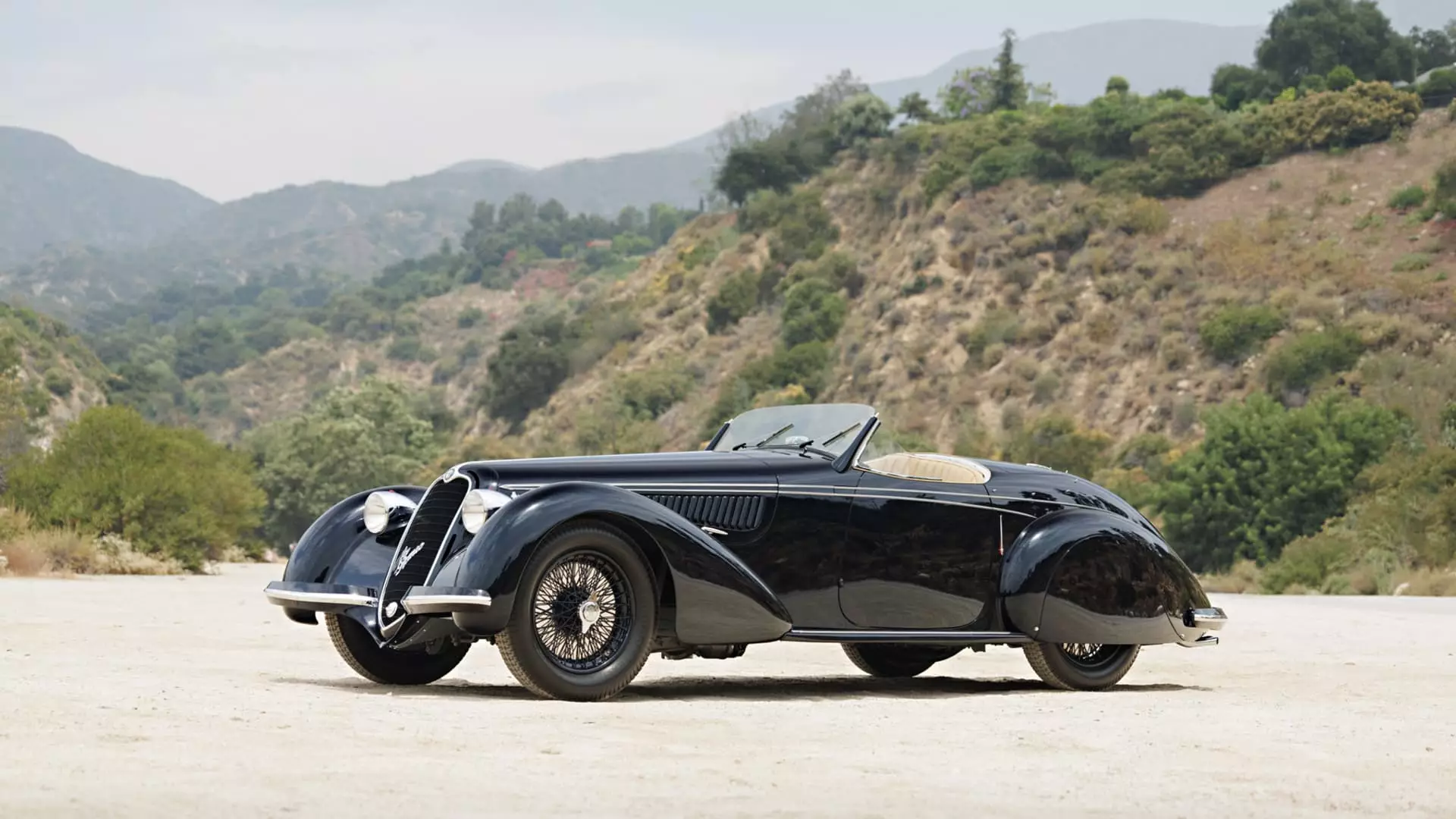The classic car market is experiencing a shift from older to newer cars, as evidenced by the 3% decline in auction sales during Monterey Car Week. This shift has left a pileup of unsold classics from the 1950s and 1960s. Total sales at this year’s five car auctioneers in Monterey fell to $391.6 million from $403 million in 2023, marking a decrease in overall sales. Experts attribute this decline to the oversaturation of similar cars at auctions, leading to weaker prices and sales.
A new generation of collectors, mainly Gen Xers and millennials, are now driving the market and prefer cars from the 1980s, 1990s, and 2000s. The classic cars that powered the market for decades, particularly those from the 1950s and 1960s, are struggling to find buyers as they pour onto the market. The sell-through rate for pre-1981 cars priced at $1 million or more was only 52%, while cars less than 4 years old had a much stronger sell-through rate of 73%. This shift highlights the changing preferences of younger collectors who are now in the driver’s seat.
High-interest rates are also putting pressure on the classic car market, affecting buyers at both ends of the spectrum. Lower-end buyers who were using financing to build their collections are feeling the pinch, while higher-end buyers are reconsidering the opportunity cost of purchasing a classic car. The rising rates have led some collectors to think twice about investing in classic cars, choosing alternative investment opportunities that offer higher returns.
The broader changing of the guard in classic cars, especially as many older collectors start selling off or downsizing their collections, is likely to weigh on prices for older cars for years to come. The market is transitioning from what was once hot, such as Enzo-era Ferraris and ’50s and ’60s sports racers, to the ascendant modern supercar class. This divergence between older and newer cars has accelerated, signaling a significant shift in market dynamics.
While a small number of rare masterpieces may still fetch high prices, the overall trend in the classic car market points towards a preference for newer vehicles among collectors. As the market continues to evolve, it is essential for sellers to adapt to changing tastes and preferences. The classic car market is a dynamic and ever-changing industry, influenced by various factors such as generational shifts, economic conditions, and changing consumer preferences.
The classic car market is undergoing a significant transformation, with a shift towards newer cars and changing preferences among collectors. The oversaturation of older classics, coupled with high-interest rates, is reshaping the landscape of the market. To succeed in this evolving industry, stakeholders must be attuned to these changing trends and adapt their strategies accordingly.

